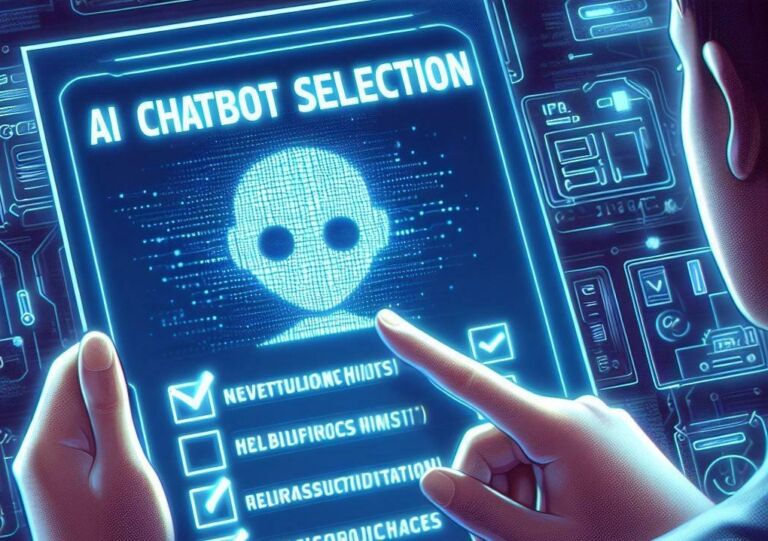Thomas Donlan of Barron’s explains in his latest editorial commentary why it’s better to lighten the regulatory burden for taxicabs than to add new regulations for Uber, Lyft, and similar transportation services.
Details vary by jurisdiction, but generally Uber drivers and their cars meet qualifications similar to those of cab drivers and cab owners, though with less bureaucracy.
But Uber represents “unfair” competition to taxi owners and drivers, because Uber is more efficient, more user-friendly, and often more profitable to drivers. Its drivers are more lightly taxed and less regulated.
The obvious solution is not to tighten regulation of Uber, but to ease regulation of taxis. But there’s nothing obvious about that to people who have been sharing the benefits of a government-protected monopoly and want to keep their protector powerful.
During a rally last week, New York protesters from the taxi industry called Uber “Wal-Mart on wheels.” Mayor Bill de Blasio riffed on the theme: “We wouldn’t let ExxonMobil or Wal-Mart or any other corporate giant operate in New York City without basic rules in place to protect the public,” he wrote in an op-ed article. “Uber is a multibillion-dollar corporation, and they’re acting like one. They’re looking out for their corporate bottom line.”
Uber aptly retorts that taxi-fleet owners also look out for their bottom line, such as when they gave more than a half a million dollars to de Blasio’s political campaign and to the campaigns of key council members.
Uber is only a multibillion-dollar corporation if you count the money it collects on behalf of its affiliated drivers. That isn’t Uber’s revenue. The drivers are not employees; they are independent contractors. Like a broker, Uber facilitates a business relationship between a passenger and a driver. It doesn’t provide transportation.
Uber tried to tell that to the California Labor Commissioner’s office, but that arm of state bureaucracy, like the U.S. Labor Department, is deeply in the tank for many types of regulation governing wages, working hours, working conditions, fringe benefits, discrimination, overtime pay, breaks and meal allowances, and so on.
Employers could avoid most such controls by considering workers as independent contractors, which is why there is an endless tangle of laws and court decisions defining independent contractors narrowly.


